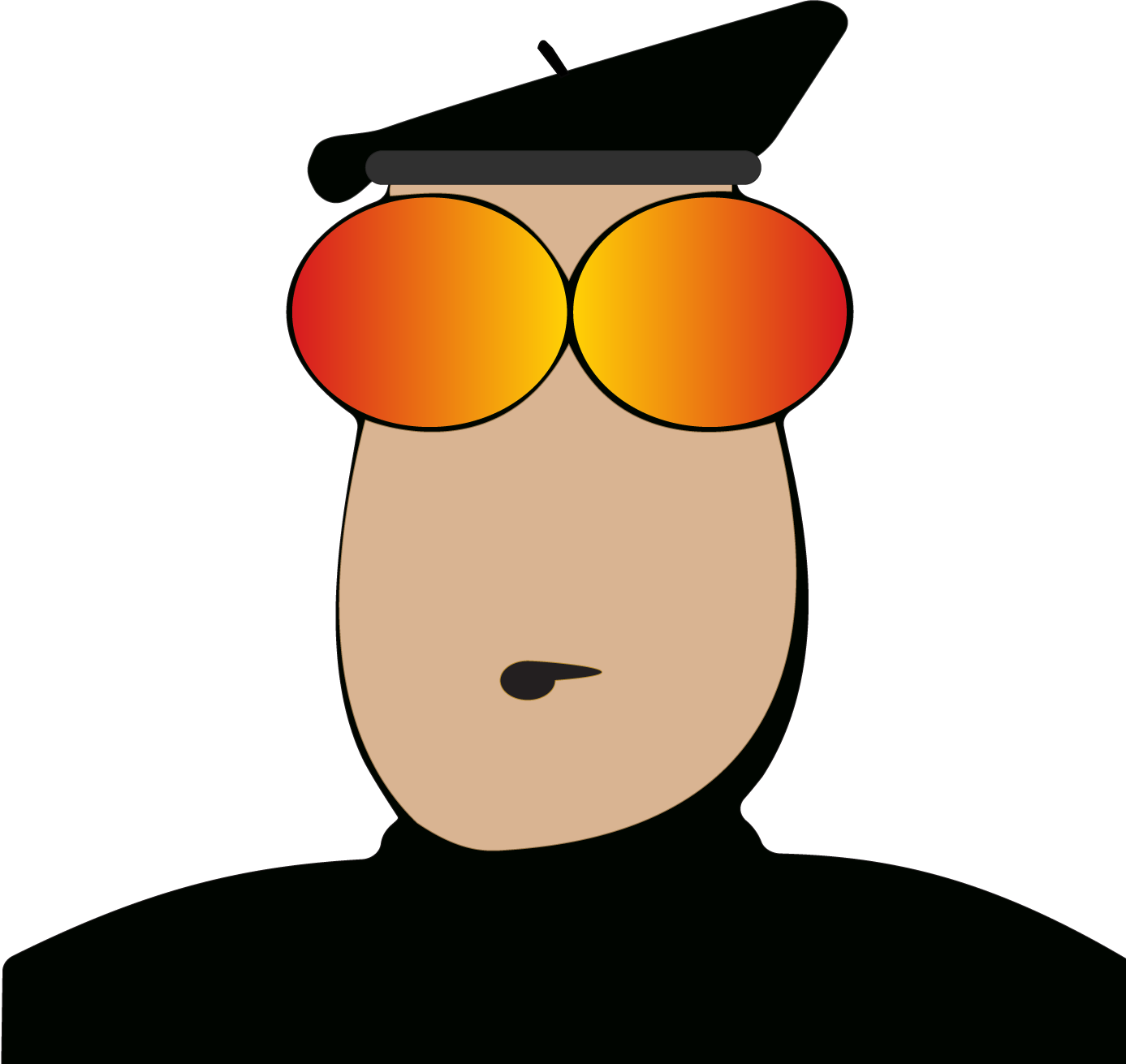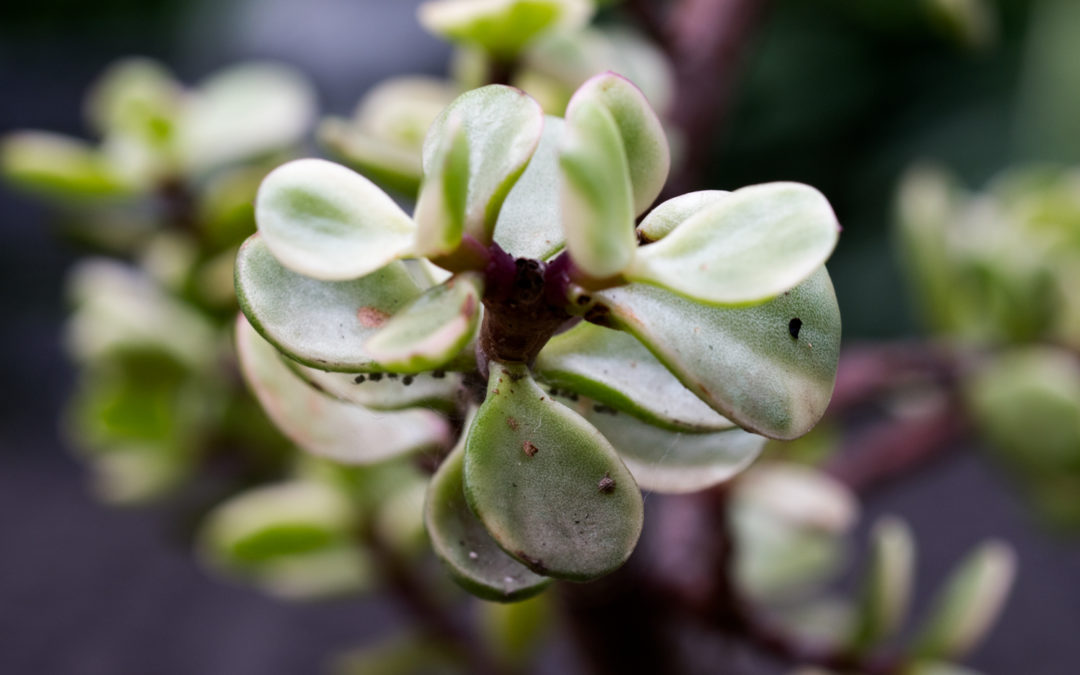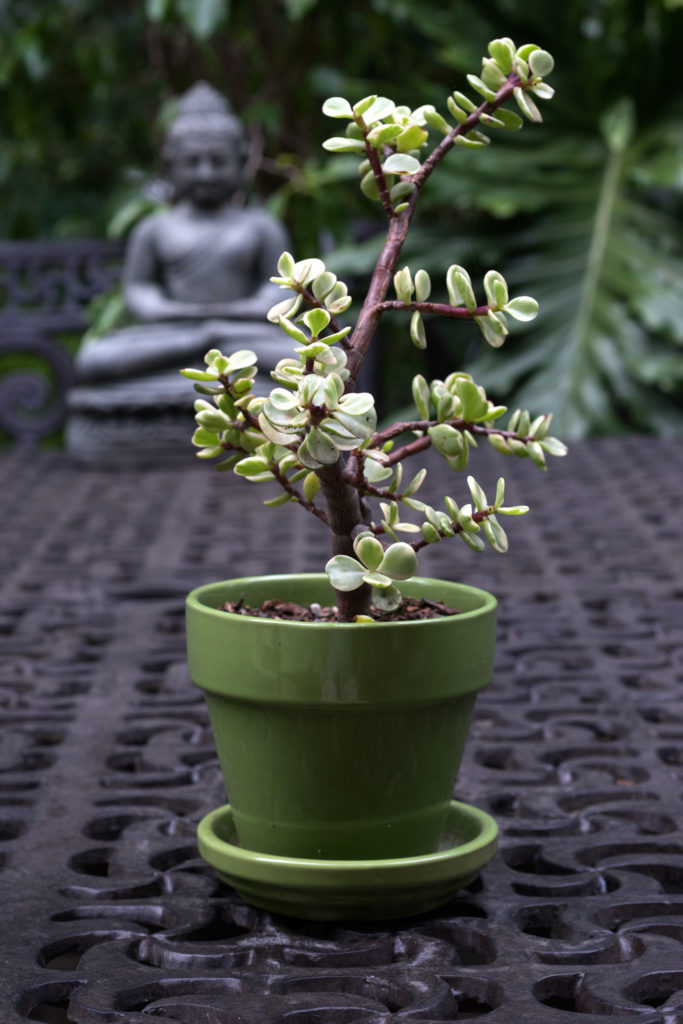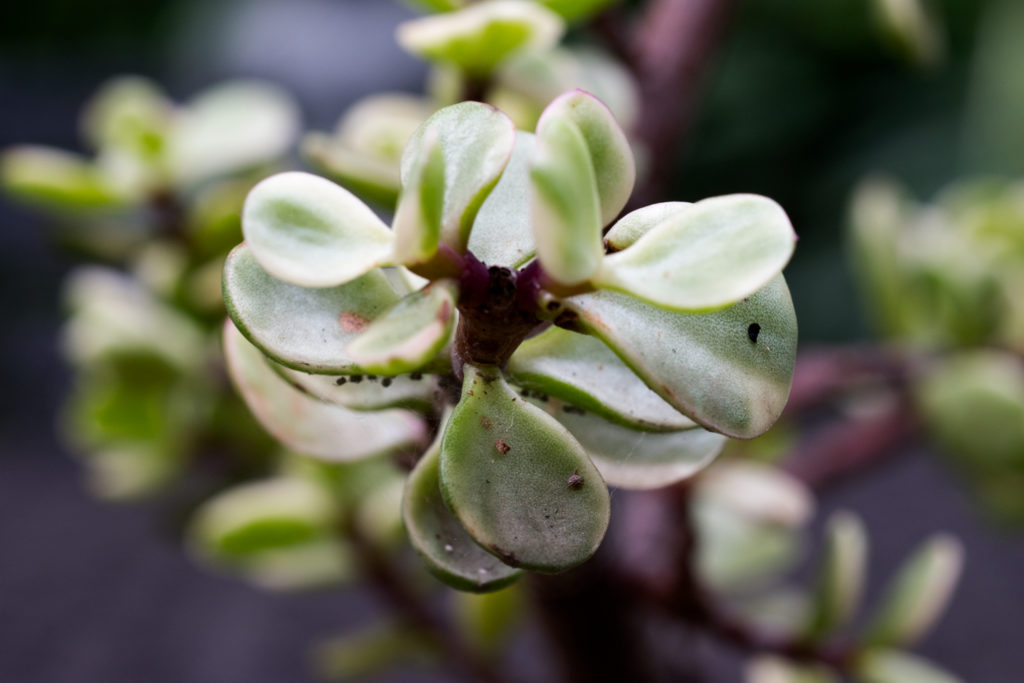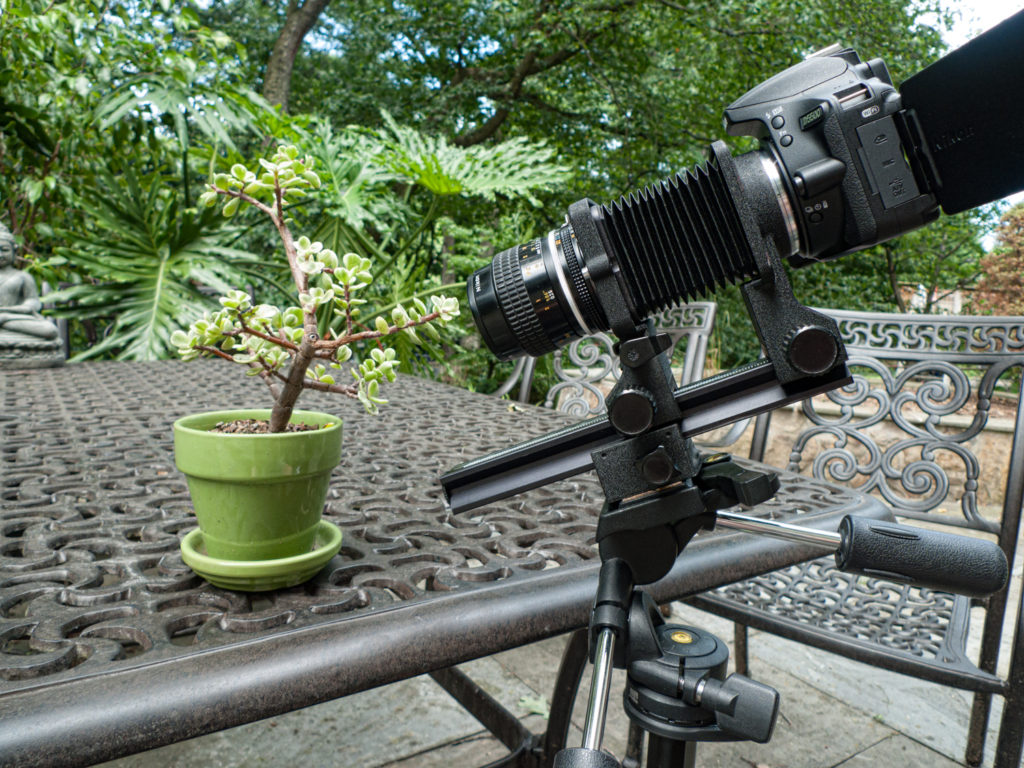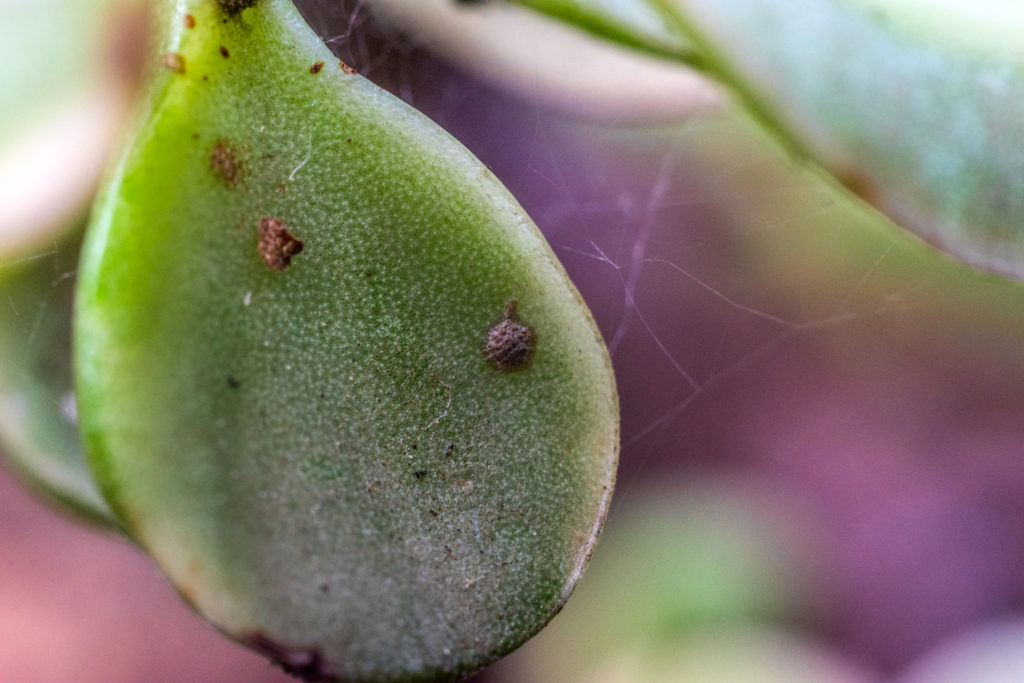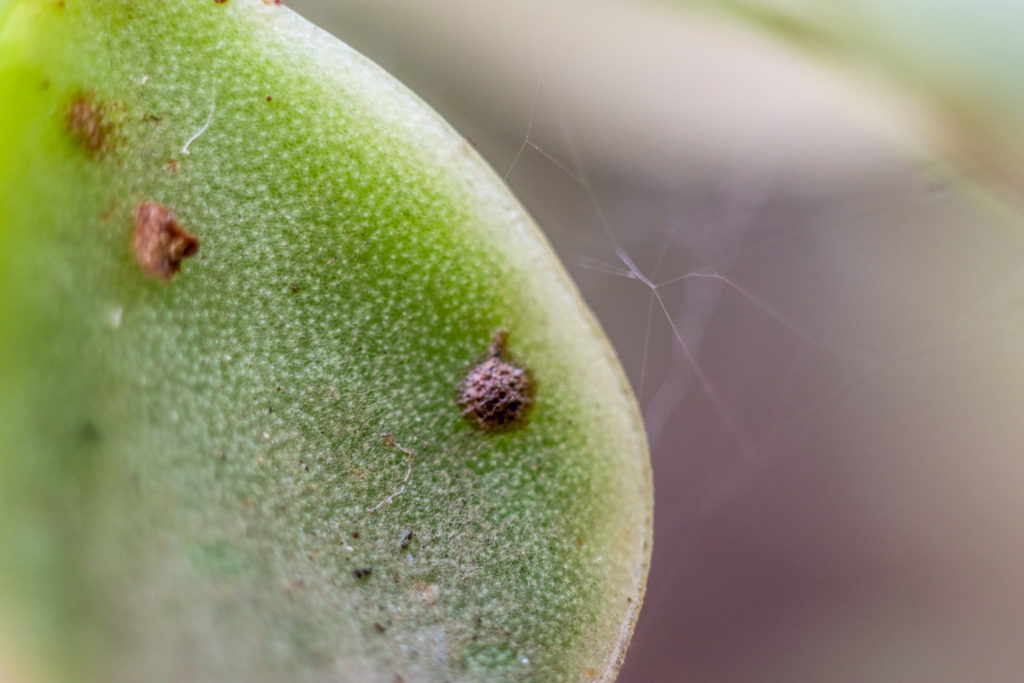Sometimes you just wanna get close. Macro lenses offer close-focusing capabilities and you don’t need the latest and greatest lens to have fun with macro photography. My favorite macro lens is the Zoom-Nikkor 35-105. In this post I’d like to show you how you can get really close to your subject by combining a digital camera with classic macro equipment. I’m a Nikon fan for a reason. Their older equipment works with their newer cameras. For the most part. You can use lenses made in the late 70’s with the higher end Nikon cameras with no problem. You can mount older lenses to Nikon’s entry-level DSLRs but function is limited. If you know how to shoot manual, you have nothing to worry about. To get close to my subject in this article I’m going to use a Micro-Nikkor 55mm f2.8 AI-S manual focus lens mounted to a Nikon D5500. To get even closer, I’ll attache the lens and the camera to a Nikon PB-6 bellows. One of my favorite subjects to photograph when no one is handy is Zen Plant.
The lens is attached directly to the camera for this shot. I’d call it a medium shot. In the middle of the image there’s a leaf with two distinct spots. I’ll use the same set-up to get a little bit closer.
I am hand holding the camera for both of these images. The D5500 is set to manual because it won’t work on Auto or Aperture Priority with an AI-S lens. (But my D3X will.) What this means is that I must use an external exposure meter or bracket my shots by altering either the shutter speed, the aperture, or the ISO setting until I get an acceptable exposure. To get in even closer I will mount the lens and the camera to a Nikon PB-6 bellows. Here’s what the rig looks like.
I adjust the bellows extension, lens focus, and plant position to zero in on the two-spot leaf.
There’s a lot more on that leaf than two spots. And I never before noticed the thin, wispy spider webs connecting the leaves. Getting close to your subject can open up a whole new world! If I extend the bellows even further, I can get even closer.
I believe even the dust has dust on it! At these extremely close ranges every little movement really affects the subject. One thoughtless touch to the plant or the camera rig creates chaos in the image. It can take several minutes for things to settle down enough to snap the picture. Depth of field at these close focusing distances is wafer thin, and perhaps thinner than a wafer. The slightest adjustment to either the bellows, the lens focus, or the plant can throw the whole image out of whack. It can be a real chore to find my bearings after a focusing mishap. To get even closer, I can reverse the lens on the PB-6. I’ll leave that for another post. If you’re a Nikon user don’t discount older equipment. Most of it works fine on high-end Nikon DSLRs and even with entry level cameras, although with some limitations.
